Unlocking the Sky: Aerial Photography Demystified
Introduction
Imagine soaring through the endless blue, capturing breathtaking landscapes from bird's-eye view. Aerial photography isn't just for professional photographers; it's an art form accessible to all, thanks to the wonders of modern technology. In this article, we'll embark on an exhilarating journey into the world of aerial photography, uncovering techniques, tips, and tools that will turn your drone or helicopter into a magic carpet of visual storytelling.
Setting the Stage: Aerial Photography 101
Before we dive into the captivating details of aerial photography, let's understand the basics. Aerial photography is the art of capturing images or videos from an elevated perspective. It's like painting the canvas of the world from the sky, providing a fresh perspective on landscapes, cityscapes, and events.
Tools of the Trade: Choosing the Right Equipment
To embark on your aerial adventure, you'll need the right gear. Drones, helicopters, and even hot air balloons are popular choices. Each has its advantages and limitations. Drones are cost-effective and versatile, while helicopters provide stability and altitude. Balloons offer a unique, leisurely experience. Make your choice based on your budget and the type of shots you want to capture.
Mastering the Art of Composition
Composition is key to any form of photography, and aerial photography is no exception. Rule of thirds, leading lines, and symmetry play a pivotal role in creating visually stunning images. Remember, your canvas is vast, so don't be afraid to experiment with angles and perspectives.
The Sky's the Limit: Techniques for Aerial Photography
Now that we've laid the foundation, let's explore some aerial photography techniques that will elevate your skills.
1. Golden Hours Magic
Just like conventional photography, the golden hours (the first and last hours of daylight) are your best friends. The soft, warm light during these times adds a mesmerizing touch to your aerial shots.
2. Embrace Long Exposure
Long exposure shots create dreamy, surreal effects. This technique works wonders when capturing cityscapes at night, where the trails of light transform your photos into works of art.
3. Play with Perspectives
Aerial photography allows you to play with perspectives in ways that terrestrial photography cannot. Experiment with high and low angles to create drama and intrigue in your shots.
4. Utilize Filters
Filters are essential tools in aerial photography. Polarizing filters reduce glare and enhance color saturation, while neutral density filters help control exposure in bright conditions.
5. Focus on Details
Sometimes, it's the little details that make a photo unforgettable. Zoom in on interesting subjects, like a lone tree in a vast field or a boat sailing in a serene lake.
6. Follow the Leading Lines
Leading lines guide the viewer's eye through the image. Use roads, rivers, or natural formations as leading lines to create depth and draw attention to your subject.
7. Capture Motion
Aerial shots of moving subjects, like cars on a winding road or waves crashing on the shore, add dynamism and excitement to your portfolio.
8. Frame Your Shots
Natural frames, such as tree branches or archways, add depth and context to your photos. They also make the viewer feel like they're peeking into another world.
Preparing for Takeoff: Safety and Legal Considerations
Aerial photography comes with responsibilities. Safety and legal compliance are paramount to ensure a hassle-free experience.
1. Check Local Regulations
Different countries and regions have varying rules and regulations regarding drone and helicopter usage. Familiarize yourself with the local laws to avoid legal issues.
2. Respect Privacy
When capturing aerial shots of residential areas, respect people's privacy. Avoid zooming in on private property or individuals without their consent.
3. Fly Responsibly
Be aware of your surroundings, and avoid flying near airports, military bases, or restricted airspace. Maintain a safe distance from people, buildings, and wildlife.
4. Weather Watch
Weather conditions can be unpredictable, and they can significantly affect your flight. Keep an eye on the weather forecast, and never fly in adverse conditions.
The Post-Flight Artistry: Editing Your Aerial Masterpieces
Once you've gathered your stunning aerial shots, it's time to refine them through the magic of post-processing.
1. Software Selection
Choose a photo editing software like Adobe Lightroom or Photoshop to enhance your aerial photos. These tools provide powerful features for adjusting exposure, color, and sharpness.
2. Color Grading
Experiment with color grading to set the mood of your photos. Warm tones evoke nostalgia, while cool tones can make your images feel futuristic and modern.
3. Crop and Straighten
Crop your images to remove distractions and focus on the main subject. Ensure your horizons are straight for a polished look.
4. Enhance Details
Increase clarity and sharpness to bring out the intricate details captured from high above. This step can make your photos truly breathtaking.
Taking Flight: Tips for Aerial Videography
Aerial photography often goes hand in hand with videography. Here are some tips for capturing captivating aerial videos.
1. Smooth Movements
Invest in a gimbal or stabilization system to ensure smooth, cinematic shots. Jerky movements can ruin the overall viewing experience.
2. Plan Your Shots
Storyboard your aerial video to have a clear narrative. Plan your shots, transitions, and angles to tell a compelling story.
3. Use ND Filters
Neutral density filters are indispensable for controlling exposure in video. They allow you to maintain a cinematic shutter speed for smooth motion blur.
Sharing Your Aerial Adventures
Your journey into aerial photography is incomplete without sharing your masterpieces with the world.
1. Social Media Platforms
Leverage platforms like Instagram and YouTube to showcase your work. Use relevant hashtags and engage with your audience to grow your following.
2. Photography Communities
Join online photography communities where you can share your work, receive feedback, and learn from fellow aerial photographers.
3. Print Your Art
Consider printing your best shots as wall art or in a coffee table book. Tangible prints can be a beautiful way to share your passion.
The Final Ascent: Your Aerial Photography Odyssey Begins
In conclusion, aerial photography is an enchanting realm waiting to be explored. Armed with the right equipment, techniques, and a commitment to safety, you can unlock the sky's potential for storytelling and artistic expression. Remember, the journey of a thousand feet begins with a single takeoff. So, spread your wings and let your creativity soar among the clouds. Happy shooting!

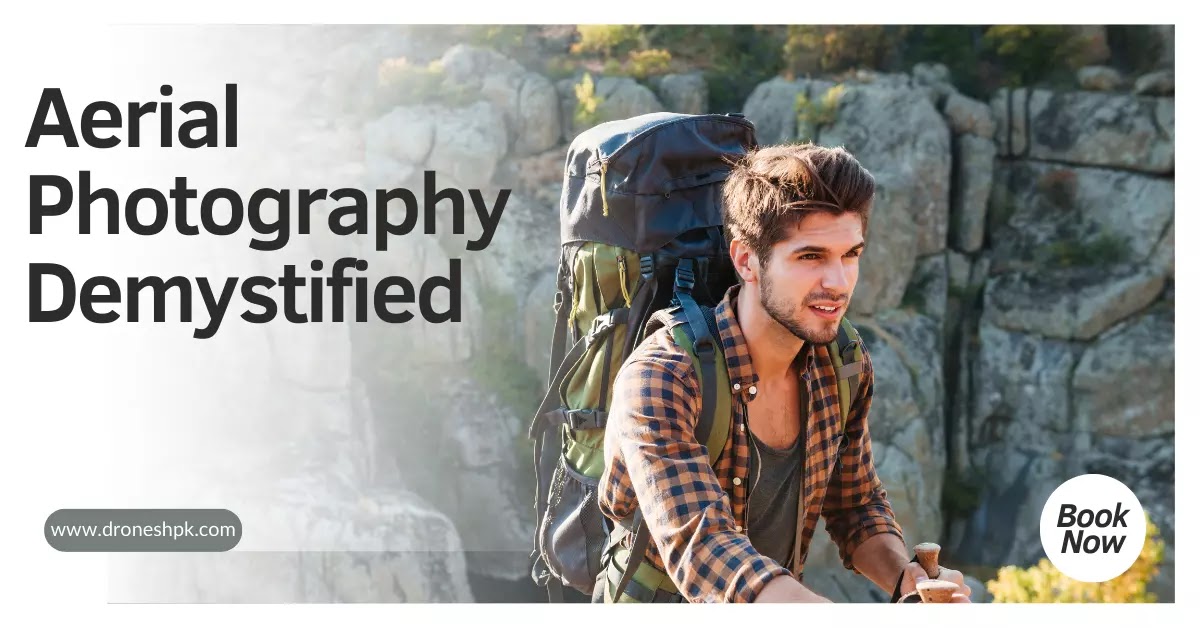
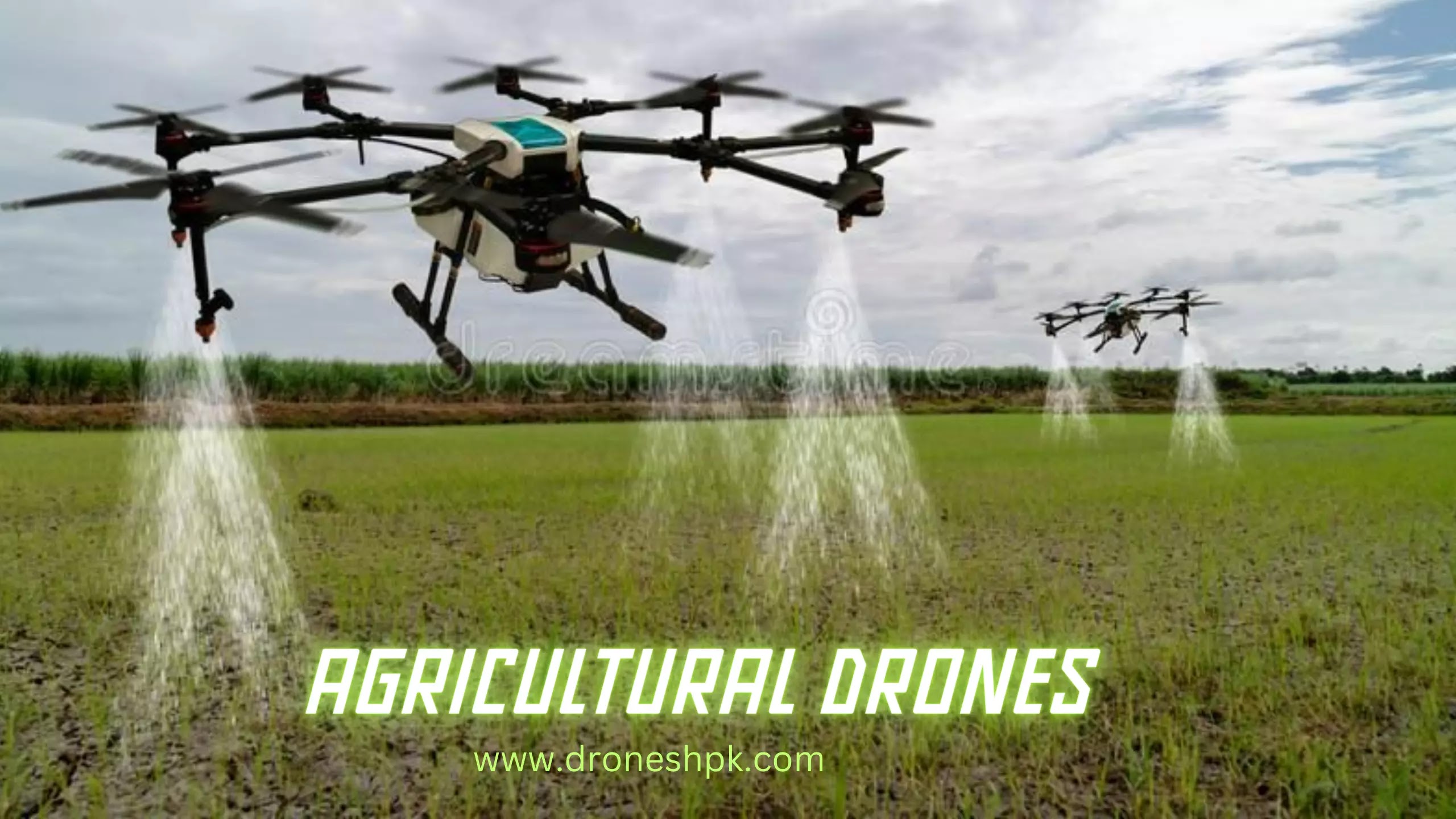
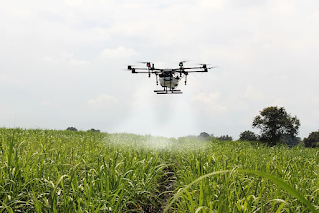
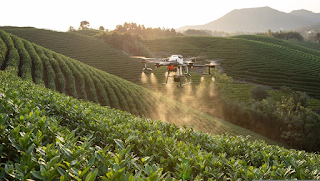
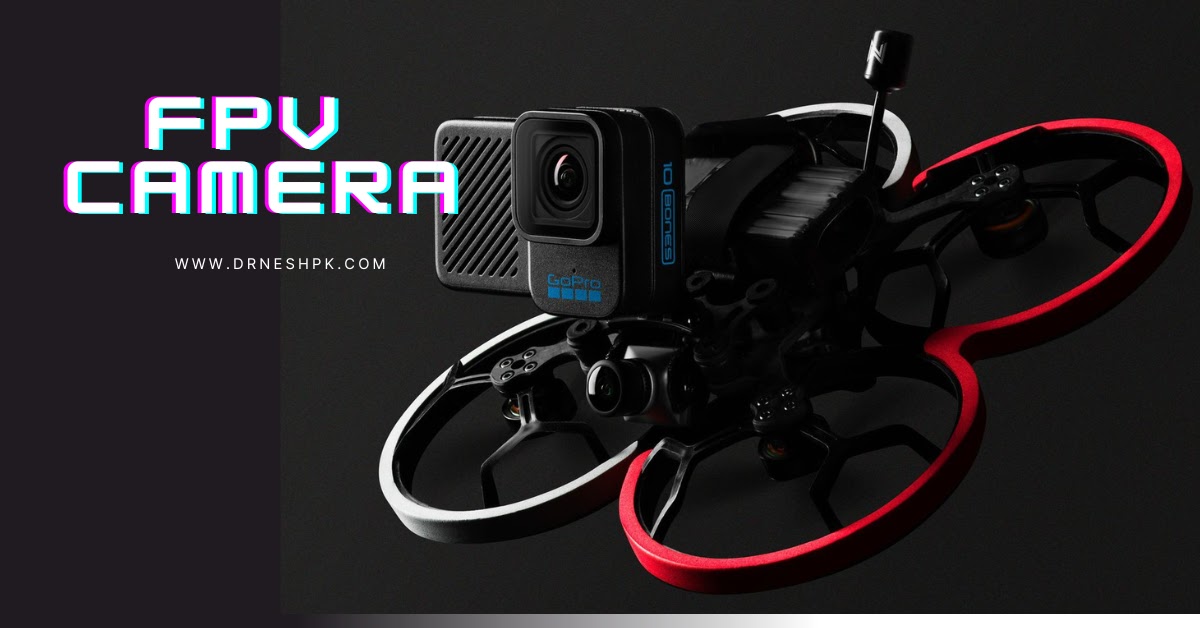
.png)